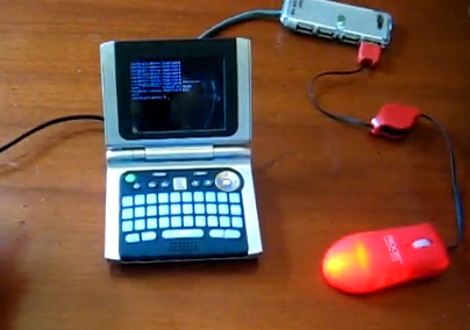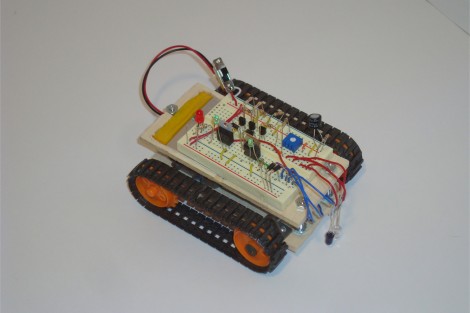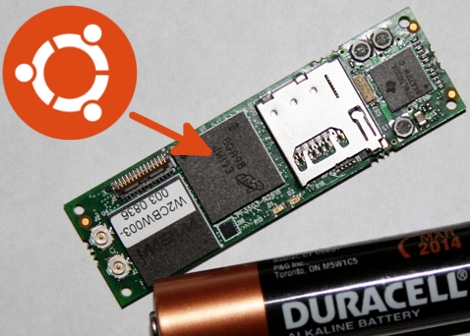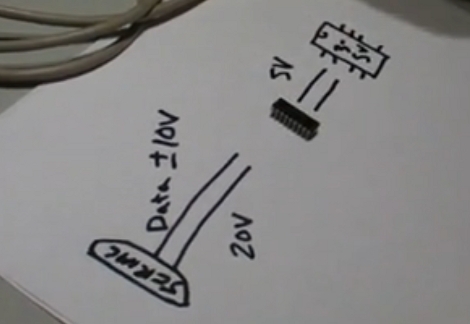
Intel says that HDCP has been cracked, but they also say that it’s unlikely this information will be used to unlock the copying of anything. Their reasoning for the second statement is that for someone to make this work they would need to produce a computer chip, not something that is worth the effort.
We question that logic. Not so much for Blu-Ray, which is the commonly associated media format that uses HDCP, but for HD digital cable programming. There are folks out there who would like to have the option of recording their HD television shows without renting a DVR from the cable company. CableCard tuners have been mostly absent from the market, making this type of recording difficult or impossible. Now that there’s a proven way to get the encryption key for HDCP how hard would it really be to create a man-in-the-middle device that uses that key to authenticate, decrypt, and funnel the audio and video to another encoder card? We know next-to-nothing about the protocol but why couldn’t any powerful processor, like an ARM, or even an FPGA (both rather inexpensive and readily available) be programmed for this task?
Leave a comment to let us know what you think about HDCP, and what the availability of the master-key really means.
[Thanks Dave]
















